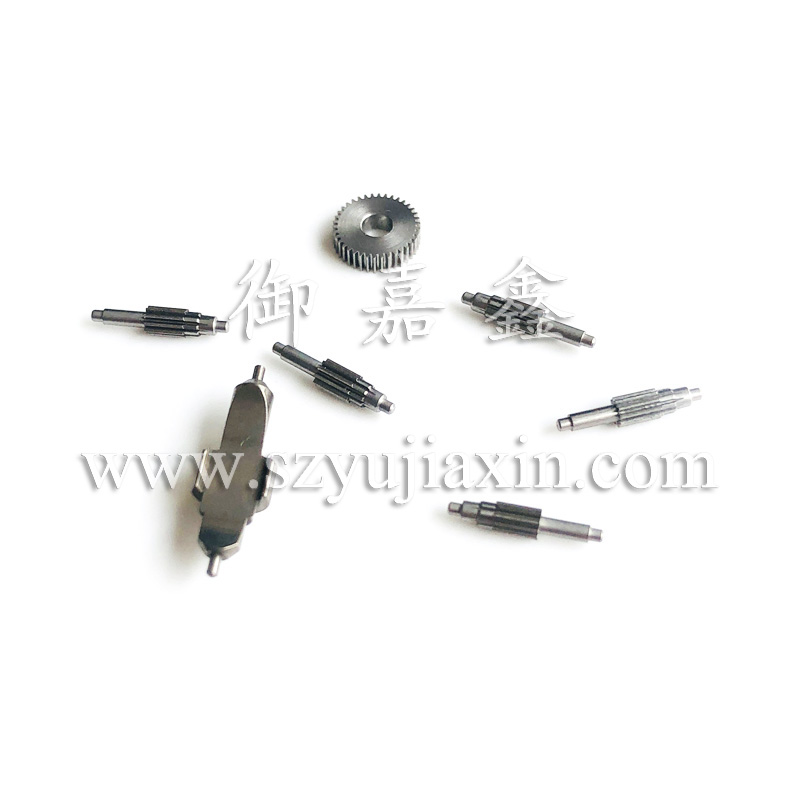
"Modulus" refers to the ratio of the tooth pitch t between two adjacent tooth profiles on the same side to the circumference ratio π (m=t/π), in millimeters. Modulus is one of the most basic parameters of modulus gear teeth. The larger the modulus, the taller and thicker the teeth. If the number of teeth of the gear is constant, the radial size of the wheel is also larger. Modulus series specifications are drawn up according to the requirements of planning, manufacturing and inspection. For gears with non-straight teeth, the modulus has the difference of normal modulus mn, end face modulus ms and axial modulus mx, and they are based on their respective tooth pitches (normal pitch, end face pitch and axial Tooth pitch) to the ratio of pi, also in millimeters. Regarding bevel gears, the modulus is divided into big end modulus me, uniform modulus mm and small end modulus m1. Regarding the tool, there is the corresponding tool module mo, etc. The normative modulus is widely used. In metric gear drives, worm drives, synchronous belt drives and ratchets, gear couplings, splines and other parts, the standard modulus is the most basic parameter. It plays a role as a basic parameter in the planning, production, and maintenance of the above-mentioned parts (see cylindrical gear transmission, worm transmission, etc.).
Small module gears refer to gears whose module module is less than or equal to 1mm. Small module gears are widely used in aviation machinery, electronic products, precision machinery, instrumentation and timing organizations. The basic principle of the processing method of small module gears is the same as that of large and medium module gears.
Standard spur gear calculation formula:
Addendum circle diameter = module * (number of teeth + 2)
Pitch circle diameter = module * number of teeth
Helical gear calculation method:
Tooth tip circle diameter = (module*number of teeth)/cosβ+2*module
Classification of small modulus gear transmission:
According to the meshing principle of small modulus gears, it can be divided into:
Involute gear transmission, including involute gear transmission for timing instruments. Cycloidal gear transmission includes various modified cycloidal gear transmissions.
Planetary gear transmission consists of a sun gear, several planetary gears and a gear ring to achieve the function of increasing torque.
Small module gears are generally used in precision equipment, such as micro gearboxes, robots, cars, household electronic appliances, cameras, printers, mobile phones, etc.